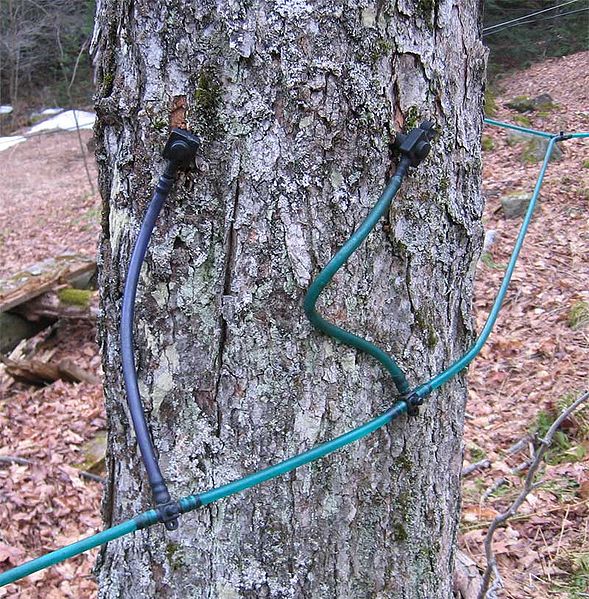It turns out that the tree that satisfies the needs of many people suffers from the changes in the DTP levels in the atmosphere and the changes in the weather. The resin that is mostly produced in North America is affected by the changes, the trees produce less resin that contains less sugars, meaning its sweetness is affected

It turns out that the tree that satisfies the needs of many people suffers from the changes in the DTP levels in the atmosphere and the changes in the weather. The resin that is mostly produced in North America is affected by the changes, the trees produce less resin that contains less sugars, meaning its sweetness is affected.
There may be a situation where there is a low supply of the maple resin and a low concentration of the sugars which causes the manufacturers to add cheap sugars extracted from corn to the final product, in the food authorities the quality of the concentrate is tested using isotopes, a method that is one of the modern ways to test food products A test that allows identifying the sources of the product in different plants Different ratio between the different isotopes of carbon.
An isotope is an atom(s) of an element (carbon) that contains a different number of neutrons. The most common isotope is carbon-12, carbon-13 (heavier) is considered rare. In many plants, out of every 10,000 carbon atoms there will be 108 carbon-13 atoms, but in sugar cane and corn out of every 10,000 atoms there will be 110 carbon-13 atoms. The identification of the ratio allows differentiation and identification of plant sources, in this case sweeteners, an identification that allows testers to identify fakes, such as how corn concentrate, or cane-sugar concentrate is added to the product, (instead of maple concentrate) a worthwhile additive for the manufacturer because of its low price.
It turns out that in the last thirty years there has been a drift in the ratio of the isotopes that are identified with high quality maple concentrate. Is the drift the quality of the concentrate or maybe the tests are biased because of the DTP? Do climate changes cause a decrease in the quality and quantity of resin?
Burning coal and oil releases carbon dioxide (COXNUMX) into the atmosphere. The DTP causes changes in the balance/ratio between the isotopes of carbon in the natural environment, changes whose signs are now recognized in food products.
William Peck - Colgate University - Hamilton, New York tested maple concentrates from different regions in the North of the USA, his intention was to see how the ratio of isotopes changes according to geographic areas, as well as to check if anyone adds (other) sweeteners to the product .
All the isotope ratios collected were similar, but when the ratios were compared to the data collected in 1970-80, significant changes were noted - a sharp decrease in the number of carbon-13 atoms was diagnosed, a decrease that the researcher attributes to environmental changes.
After testing about 250 samples of a concentrate produced about thirty years ago, the researcher came to the conclusion that: "Burning coal and oil causes the release of carbon that contains tiny amounts of carbon-13 atoms. The carbon (from the fire) is absorbed by the maple trees and causes a change in the relationship between the different isotopes and a change in the ratio of carbon-13 atoms in the maple concentrate, a change that seems clear over the past 36 years." The research published in the Journal of Agriculture and Food Chemistry demonstrates how the DTP affects different food products as well as many other products.
Since the quality tests of maple concentrate are based on isotope testing and since the isotope ratio in maple resin is similar (today) to the ratio in other plants, it is easier for counterfeiters to add cheap sweeteners to the concentrate without the fake being detected!
In the framed article, the researcher adds that: "Since isotope testing is common in various industries, (including tissue testing to identify refugees, vagabonds, immigrants, etc.) and since the study shows how the ratio of isotopes changes due to environmental changes, it would be appropriate to thoroughly monitor the changes and change guidelines and data accordingly."
After all, the researcher and his assistants had a pancake party, no one was brave enough to taste a concentrate from 1970, so the question of whether the change in the isotopic ratio affects the taste remained unanswered.

4 תגובות
Oiyoyo:
If you're here, you're curious.
It's hard for me to understand why the different routes change something in the composition of the isotopes and I tried to search, but I can't find an explanation online.
Oiyoyo:
So know.
I would like to know why this is interesting?
I would like to know why the C3 carbon fixation pathway gives a different ratio of isotopes than the C4 pathway.